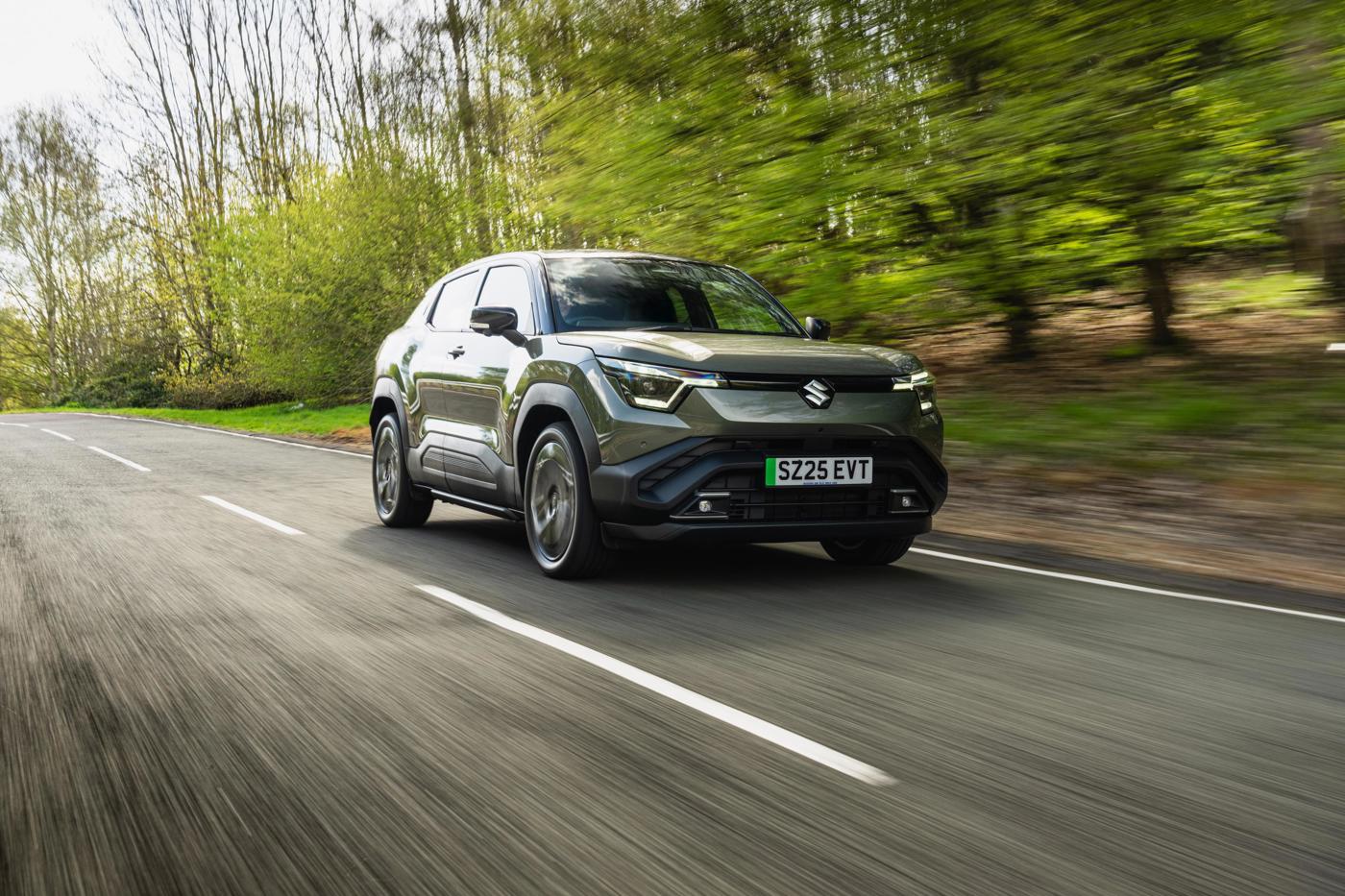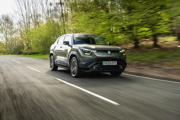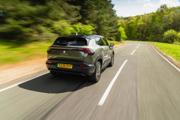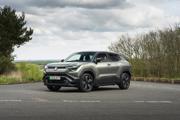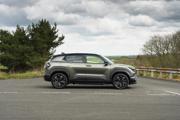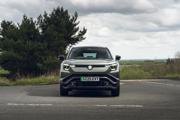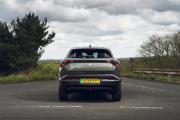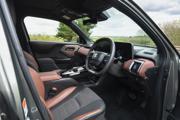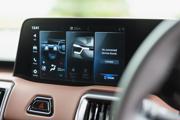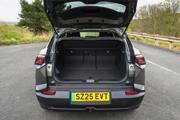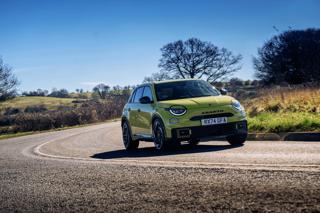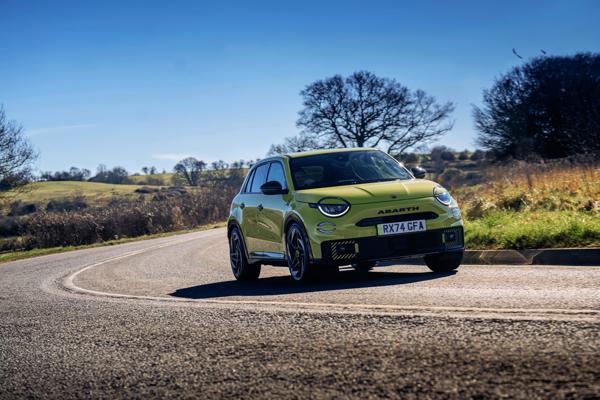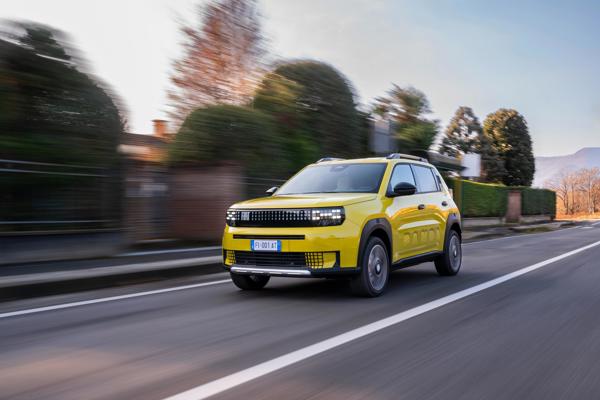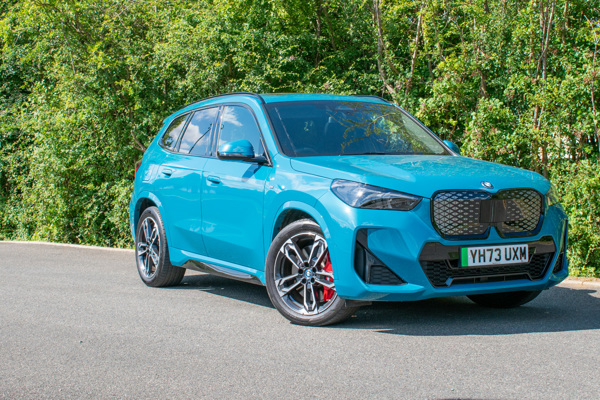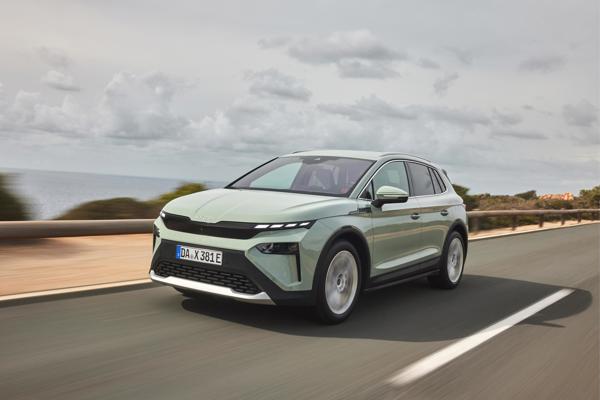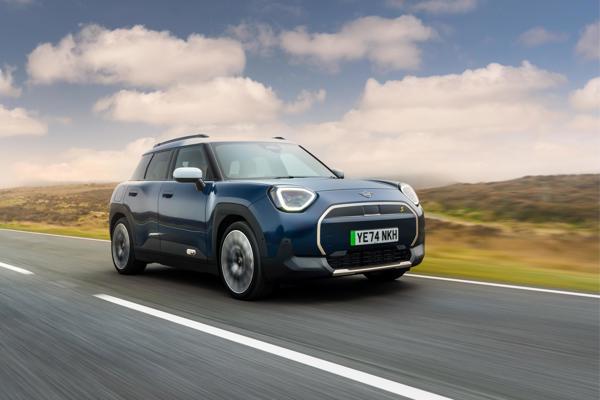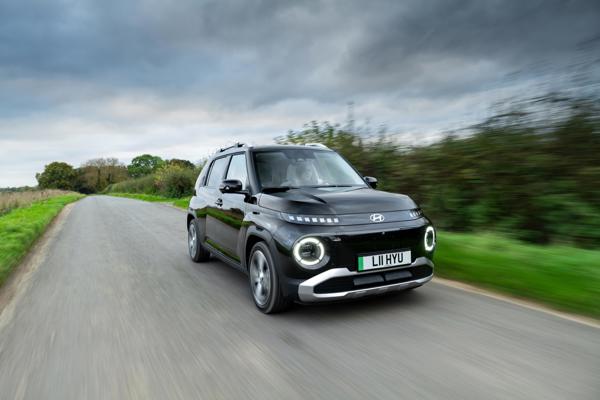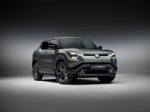Review
Suzuki is in a spot of bother. Its European sales are under threat from legislative electric vehicle (EV) sales targets and its current line up is all powered by internal combustion engines.
Now, you can’t blame Suzuki for biding its time. It’s largest markets, globally, are a long way from embracing battery-powered cars. But, if the Japanese brand wants to remain a player in Europe it’s going to need some zero-emission models pretty quickly.
The eVitara, then, is likely Suzuki’s saving grace. It’s a fully electric compact SUV that’s set to offer competitive pricing, a high specification and a decent range.
In the fleet market specifically, it’s also the car that could elevate the brand’s market share.
We were invited to try the car in prototype form, ahead of its official launch later this year.
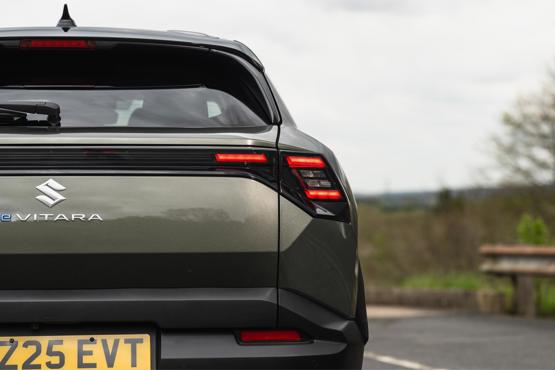
There’s no shortage of competition in the eVitara’s segment. It will enter the battlefield alongisde heavyweights like the Hyundai Kona and Kia EV3, as well as models like the Vauxhall Mokka and Jeep Avenger.
With its chunky styling and plastic cladding, it’s clear the eVitara is leaning closer to the SUV side of the market than most crossovers. It’s even available with all-wheel-drive.
The car is produced under Suzuki’s partnership with Toyota, with Suzuki taking the lead on development this time around. A Toyota-badged version of the car, known as Urban Cruiser, will launch later this year.
While the eVitara is only offered with an electric powertrain, parts of its platform are derived from existing models. This means the packaging isn’t quite as tight as it is on something like the EV3.
You get a decent amount of passenger space in a tidy and well-built cabin. The materials and switchgear feel of a high quality and the seats are comfortable.
Floor height is impacted by the battery nestling beneath, which means passengers will have to sit with their knees a little higher than they might be used to in other cars, but headroom is still ample.
Boot space is limited, despite a sliding rear seat bench, however. You get 244 litres if the rear seat is all the way back and up to 311 litres with it all the way forward. There’s a happy medium where rear legroom isn’t too restricted and the boot space is larger, but even in the best-case scenario it’s behind the best in class by quite some margin. We also were unimpressed by the rather rudimentary carpeted flaps that fill in the gap left by moving the seat.
The dashboard features a new infotainment system with a 10.1-inch touchscreen. It packs in all the usual features such as Apple Car Play, Android Auto, DAB radio, Bluetooth and sat-nav. The user interface is easy to use and has decent graphics. We found the system to be very slow, however. Touch responses are not immediate and it’s very laggy when switching between menus.
Suzuki opted to retain a reasonable array of physical switchgear. So common functions like audio volume, cabin temperature, window defrost and drive modes are controlled with buttons rather than via the screen. You will have to use the display to switch on the heated seats, however.
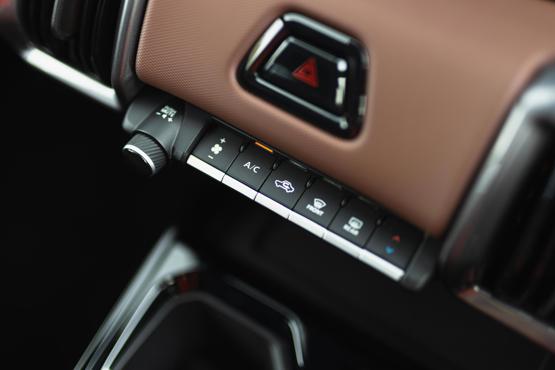
Drivers can choose from three powertrain options and two trim levels. The entry-level eVitara uses a 49kWh battery and a 144PS electric motor that powers the front wheels. It manages 0-62mph in 9.6 seconds and has a range of 214 miles.
A larger 61kWh battery provides a range boost to 265 miles. It’s also a tad more powerful, with 174PS, resulting in an 8.7 0-62mph time.
A dual-motor all-wheel-drive option completes the line-up. It uses the same 65kWh battery, adding a second motor to the rear axle. The power increase is modest, providing a total output of 183PS, but torque is up by more than 100Nm. The all-wheel-drive car is the most potent, managing 0-62mph in 7.4 seconds. Total range is 246 miles.
We were impressed by the eVitara’s on road manners. It’s a smooth riding, well-balanced compact SUV. The steering is well weighted and delivers a positive driving experience. The car feels nimble in the bends with plenty of grip. Power is sufficient but not neck snapping.
We drove the 174PS model first and found throttle response to be very progressive. It helps eliminate wheelspin but doesn’t give the immediate response that some EVs provide.
In the dual-motor car, acceleration is more immediate. It feels slightly heavier, and the ride is firmer.
During our testing the single motor car was just about managing 3.0mi/kWh, while the dual motor returned 2.8mi/kWh. That’s not enough to crack 200 miles in either model.
Charging speeds are reasonable at up to 150kW, but not class leading. Suzuki says a 10% - 80% charge will take 45 minutes with either battery size. AC charging is possible at up to 11kW.
There’s a lot to like about the eVitara – it’s a very impressive first attempt by Suzuki to crack the EV market. The key element, however, is pricing and Suzuki is yet to confirm how much the eVitara will cost. The Ford Puma Gen-E is £29,995 and Kia’s excellent EV3 start from £32,995. If Suzuki is serious about shifting the eVitara in volume then it’s going to need a compelling offer.



